FPGA devices are a great way to drive silicon technology development because they contain both digital and analog IP, along with sophisticated IO cells. The highest performance IOs are transceivers, and Altera has recently designed the Arria 10 device family to include up to 96 transceivers, using a 20nm technology that can achieve… Read More
Electronic Design Automation
Smart Collaborative Design Reduces Business Risk
The semiconductor design industry is ever challenged with increasing chip density, manufacturing complexity with cutting-edge technologies, accommodating multiple IPs with different functionalities from various sources, optimizing power, performance and cost, maximizing manufacturability and reliability and still… Read More
A Comprehensive Power Analysis Solution for SoC+Package
Since power has become a critical factor in semiconductor chip design, the stress is towards decreasing supply voltage to reduce power consumption. However, the threshold voltage to switch devices cannot go down beyond a certain limit and these results in an extremely narrow margin for noise between the two. And that gets further… Read More
Design & EDA Collaboration Advances Mixed-Signal Verification through VCS AMS
Last week it was a rare opportunity for me to attend a webinar where an SoC design house, a leading IP provider and a leading EDA tool provider joined together to present on how the tool capabilities are being used for advanced mixed-signal simulation of large designs, faster with accuracy. It’s always been a struggle to combine design… Read More
EDA Plus ARM Equals Big Views!
In looking at the SemiWiki analytics, one of the top search terms that brings traffic to our site is ARM, just about anything ARM. In fact, that’s what the next SemiWiki book will be about. Yes, ARM is that interesting. While EDA is also one of our top search terms, EDA+ARM will get the most views, absolutely. And let’s face it, bloggers… Read More
SmartScan Addresses Test Challenges of SoCs
With advancement of semiconductor technologies, ever increasing sizes of SoCs bank on higher densities of design rather than giving any leeway towards increasing chip area and package sizes; a phenomenon often overlooked. The result is – larger designs with lesser number of pins bonded out of ever shrinking package sizes;… Read More
Synopsys VC VIP for Memory
Synopsys have been gradually broadening their portfolio of verification IP (VIP). It is 100% native SystemVerilog with native debug using Verdi (that was acquired from SpringSoft last year, now fully integrated into Verification Compiler). It has native performance with VCS. Going forward there are source code test suites.… Read More
Managing Stress in 3D
A new publication on mechanical stress in integrated circuits, co-edited by Valeriy Sukharev, Principal Engineer for Calibre R&D at Mentor Graphics, has just been released by AIP Publishing. “Stress-Induced Phenomena and Reliability in 3D Microelectronics” includes 14 key papers from four international workshops … Read More
Design Collaboration across Multiple Sites
Any SoC or IC design project, whether implemented at the same design site or multiple sites requires some data management tools to manage things such as a central data repository, revision management of files, etc., for effective co-ordination of work among different team members. Given the challenge of meeting the shrinking… Read More
How to detect weak nodes in a power-off analog circuit?
Most analog cells have a power off mode intended to reduce power consumption. In this mode, all the circuit branches between the supply lines are set in a high impedance mode by driving MOS gates to a blocking voltage. This is a somewhat similar situation to that in tri-state digital circuits.
When a branch is set in that high impedance… Read More


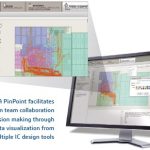
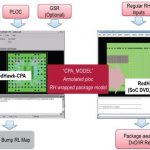
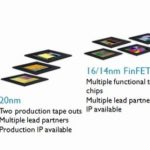
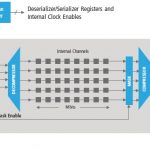
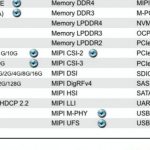
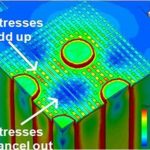

Quantum Computing Technologies and Challenges